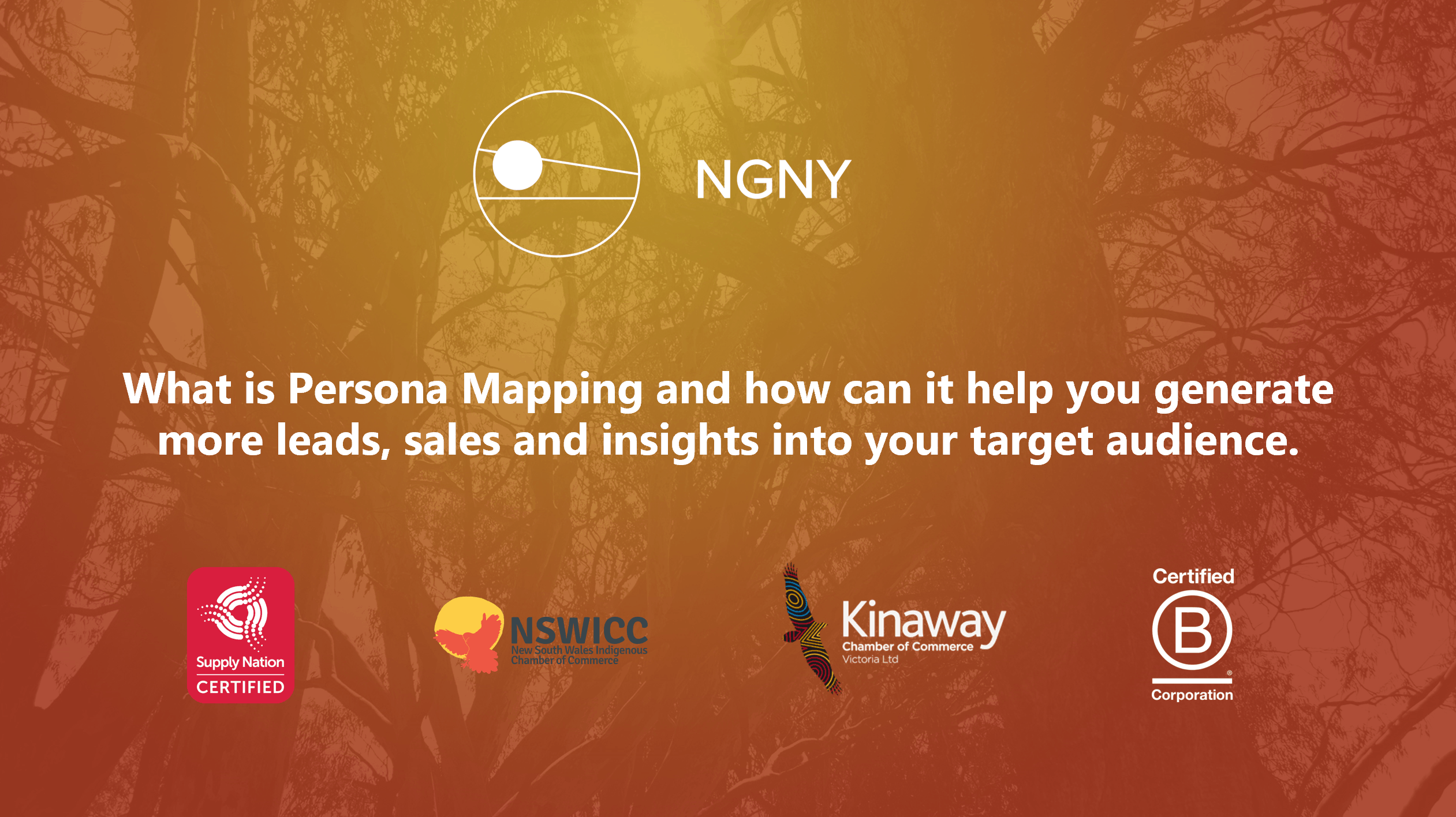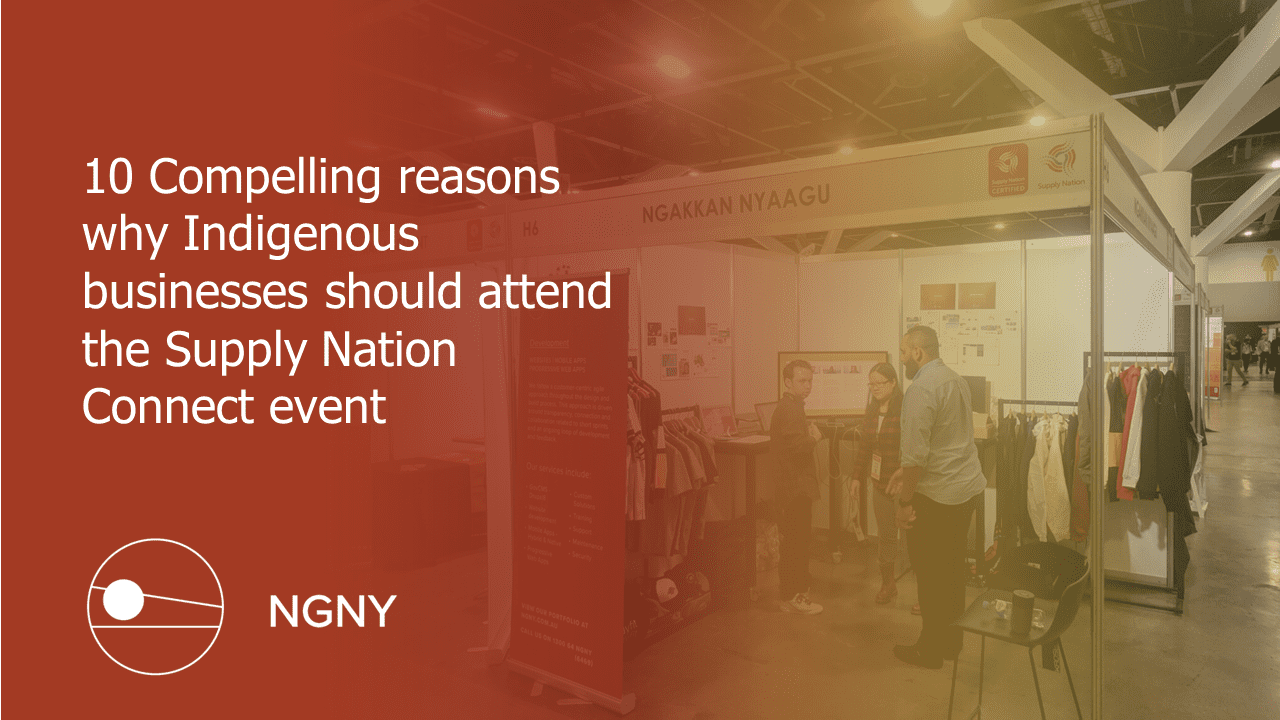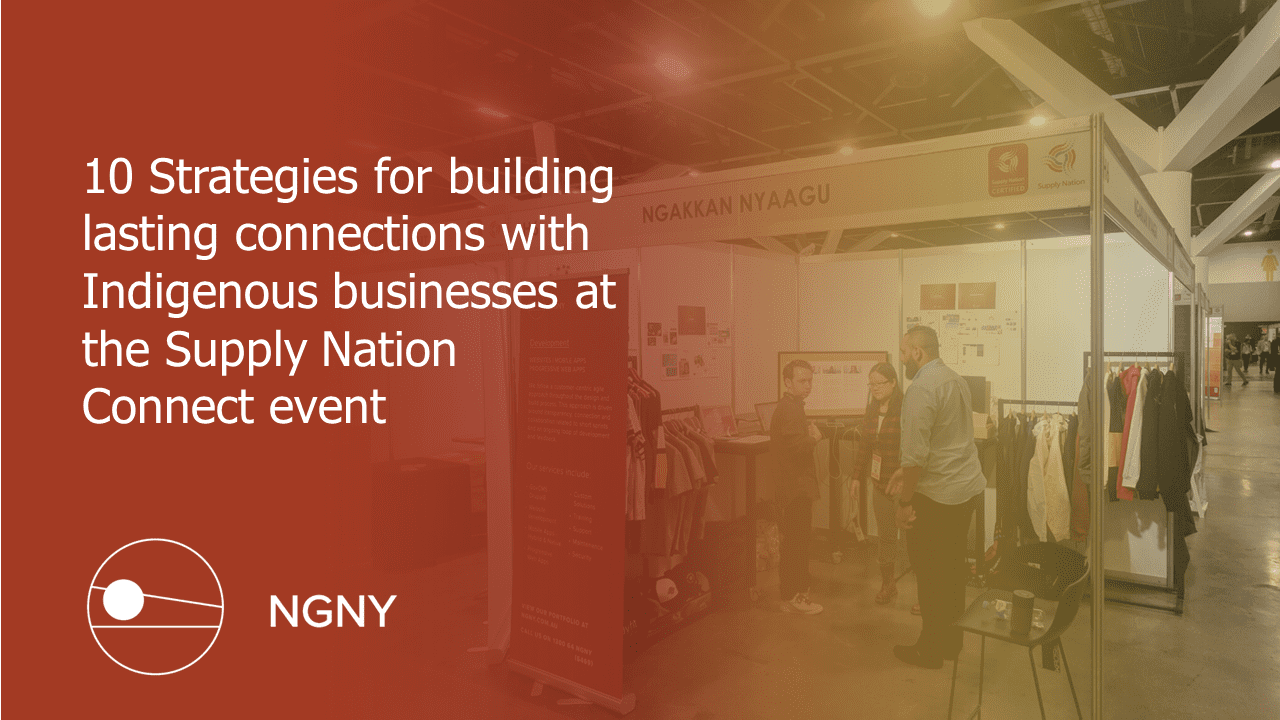
What is Persona Mapping and how can it help you with everything that you do in your business or organisations.
Communicating your brand to your target audience entails more work than what one actually thinks. Questions like who visits your site, what could be their possible motives and whether or not my website is comprehensive and user-friendly enough. If one or some of these questions get you worked up, then it might be best to know a technique called persona mapping and how it can do wonders to your business and your digital presence. Essentially, it is an opportunity to establish a better insight into your customers and constituents to establish a customer centric business or organisation.
Creating personas of your website or any of your digital assets is a powerful technique for helping increase the usability and customer centricity of these assets as part of a user-centred design (UCD) process. Persona mapping is the process of identifying who your clients are and how they make decisions and applying this information to the development of more effective marketing strategies.
Persona mapping is the creation of fictional yet realistic profiles of one’s target customers. They reflect characteristics like personal attributes, goals, motivations, attitudes and more. Persona mapping is a deeper way to understand our customers, compared to traditional research and demographic methods. It allows us to create more personalised strategies, therefore positively impacting customer experience.
While very few businesses have purely one type of customer, identifying traits that are more or less common to your clients will allow you to tailor your messaging to resonate with your customers better.
If you’re considering starting a persona mapping the time to start is now. Regardless of where you stand, the more in depth you go when mapping personas and the earlier you start, the easier it will be to communicate with your customers throughout their entire journey and ultimately turn site visitors into leads and customers.
How do I go integrate persona mapping in my website building? Allow us to share to you the persona mapping starter pack.
1. Start with basic demographics.
The simplest yet most necessary task is knowing basic demographics such as age, gender, occupation and location. Demographics only give us the lead, they aren’t the end all be all. The way we reach out to customers to find out more intimate details about them, may be affected by their age for example. It can also help us come up with the kind of questions we want to know about these people. We can find out such demographics using online surveys.
2. Determine areas of information you want to know from your customers.
It pays to be clear on the type of further information we want to use in our persona mapping and how deep we want to go. The more details we can gather, the more personalised our customer experience can be. Some facets to consider in crafting our questions can include knowing their working hours, whether or not they use social media, their values, buying experience, etc.
3. Don’t just settle with answers, dig deeper.
We don’t want to end up wrongfully interpreting some assumptions and apply them mindlessly. Finding out more intimate details about our customers gives us a much better basis to target our communications.
Media monitoring tools can help us understand the topics of conversation, tonality and the social networks our audience interacts with. We can also learn more about the influencers our target audience interact with, what they read, talk about and how they communicate. This can give us greater insight into our target audience’s aspiration and lifestyle. A combination of media monitoring, focus groups and surveys are likely to provide us with an overall picture of our target market.
4. Track competitors.
This method is working across because we are about to see who they are targeting and thus helps us stay in the industry know; for example, keeping up to date with who they are targeting so we can easily spot new market opportunities or threats from plying money into redundant audiences. This can be done by browsing through their social media and examine their target audience. Who do they address their posts to?
Social media monitoring can also be used to learn about the positive and negative experiences of our competitor’s customers – what are they complaining or raving about? By learning more about our potential customers, we can better adapt our customer experience approach to stand out against the competition. Use this as part of your persona mapping.
5. Examine personality traits.
Once these details are available, we can begin to group personality traits together. Don’t just limit the grouping to the “basic” targeting approach, such as grouping all of the ‘marketing manages, males, those who are/ aren’t married’. Try to expand so that we can create a number of specific personas by common interests, lifestyles and work roles. This can be done by simply keeping a tally of recurrent answers will allow us to begin grouping traits to create our personas.
Budget and time constraints will determine how much research you put into developing personas. A well-researched customer persona might be built from a combination of customer surveys, trends in market research, and in-person informational interviews. The more you know about your customers, the better you can connect with them through targeted content.
The end goal of persona mapping is to organize your site content to support the tasks customers want to perform. It will also guide copy, helping to define clear call to actions, intuitive navigation, and readable content on every page.
So what are you waiting for, instead of being too engrossed on how your website looks like, why not try to step back and invest for persona mapping in building a customized customer experience.




